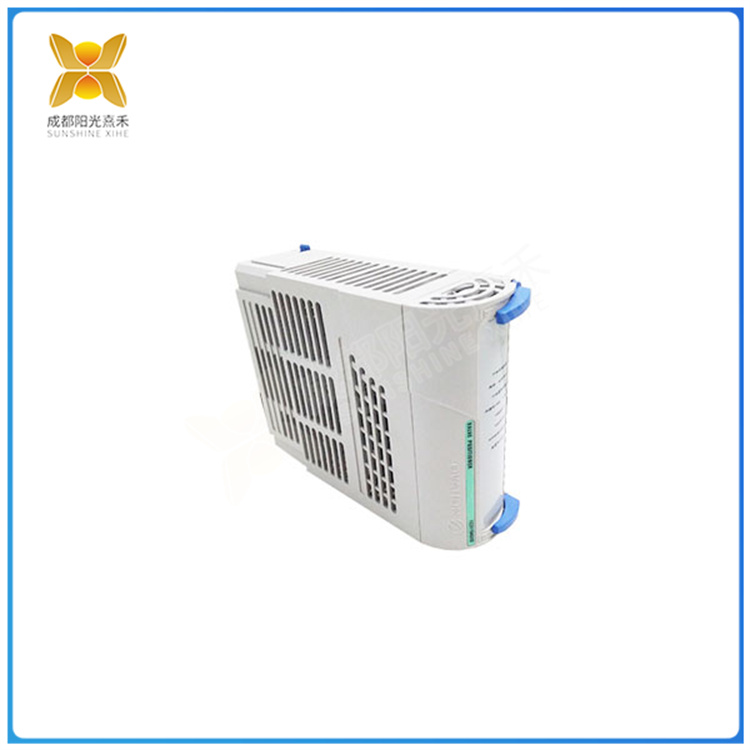Description
B0760-627913600B 通常由传感器、控制器和气体发生器等组成
B0760-627913600B 通常由传感器、控制器和气体发生器等组成
An automotive airbag module is a safety device used to protect passengers in the event of a car crash. It is usually composed of sensors, controllers and gas generators.
When a car crashes, sensors detect the force and direction of the collision and send this information to the controller. The controller will use this information to determine whether the airbag needs to be triggered and send a signal to the gas generator when needed.
Airbags work by using a chemical reaction to produce gas that rapidly expands and fills the bag, thereby protecting passengers from injury in the event of a car crash. The airbag system is usually composed of sensors, controllers and gas generators. When a car crashes, sensors detect the force and direction of the collision and send this information to the controller. The controller will use this information to determine whether the airbag needs to be triggered and send a signal to the gas generator when needed. The gas generator produces a large amount of gas, usually nitrogen or argon, which quickly fills the airbag, creating a soft cushion that protects the passenger’s head and body. Airbags typically inflate rapidly within milliseconds to ensure they protect passengers in time in the event of a collision. The working principle of the airbag is based on chemical reactions, so the gas generator usually contains some chemicals, such as sodium azide (NaN3) or ammonium nitrate (NH4NO3). These chemicals react quickly when signaled by the controller, producing a large amount of gas, which causes the airbag to expand rapidly. In general, airbags work by using a chemical reaction to produce gas that rapidly expands and fills the bag, thereby protecting passengers from injury in the event of a car crash. Airbags are an important part of a car’s safety system, which can greatly improve passenger safety in the event of a crash.

购买咨询热线/Phone:18859254943
邮箱/Email:sales@ygdcs.com
地址:成都高新区天益街北巷52号附14号2层





 购买咨询热线/Phone:
购买咨询热线/Phone: 邮箱/Email:
邮箱/Email: 地址:
地址:


